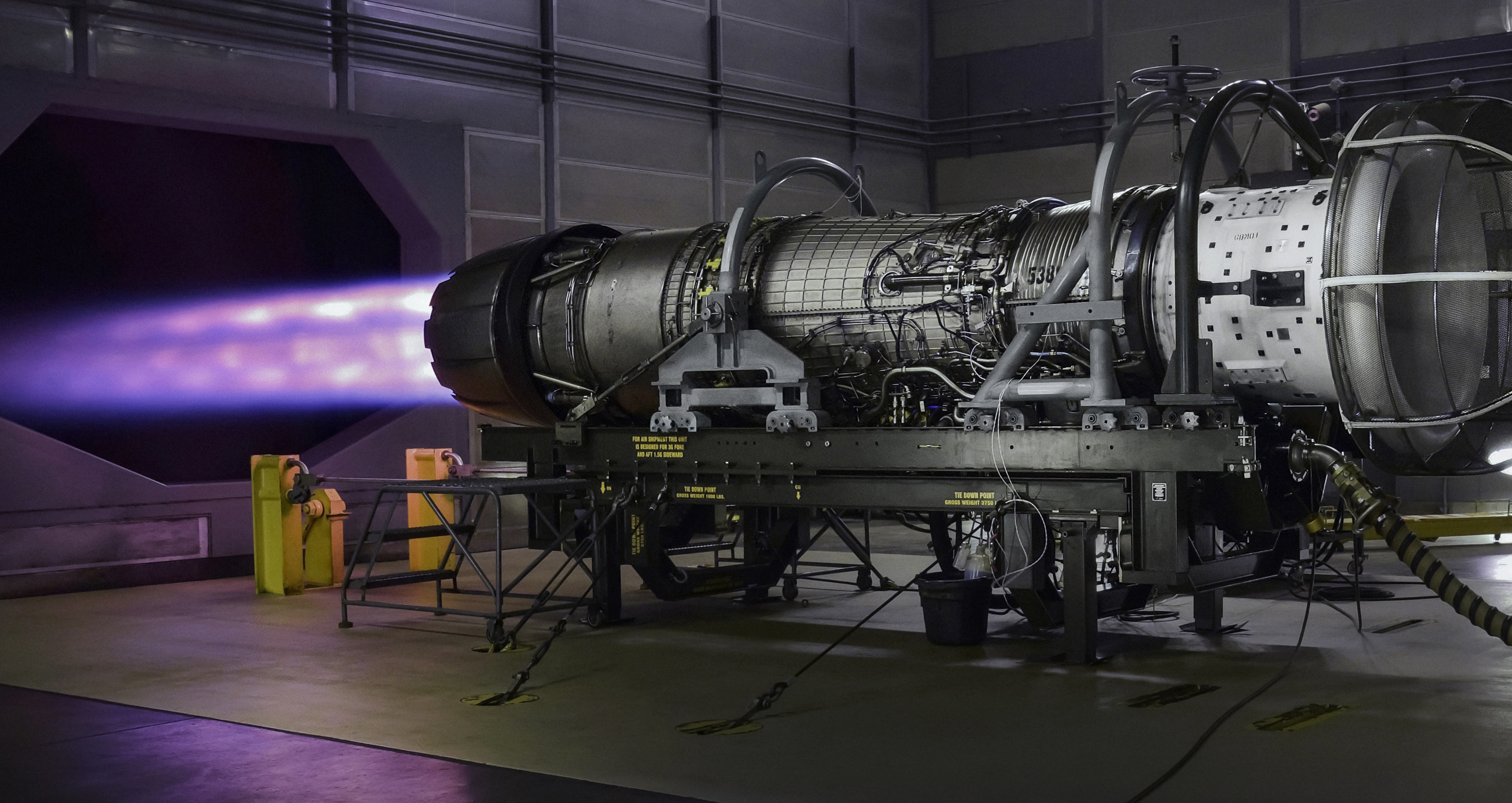


After proving it in Civil Aviation , GE Aviation has received Engineering Change Proposal (ECP) approval from the US Air Force (USAF) for an F110 additively manufactured sump cover.
The latest milestone in the USAF and GE’s ‘pathfinder’ Pacer Edge programme, this F110 component is the first engine component designed for and produced by metal additive manufacturing to be qualified by any US Department of Defence entity. Moreover, it went from contract to flight in less than a year.

Matt Szolwinski, chief engineer and leader of GE’s Large Military Engineering team, said: “Much like the GE90 T25 sensor that was an FAA certification pathfinder for metal additive manufacturing for GE Aviation in commercial aerospace, the F110 sump cover sets a solid foundation for many more additively manufactured component qualifications with GE’s military customers.”
Nathan Parker, deputy programme executive officer for the USAF RSO (rapid sustainment office), added: “The Pacer Edge programme is an important initiative for reducing risk and showcasing the application of additive manufacturing in aerospace.
“The ability to additively manufacture an aircraft engine part and gain military airworthiness is a significant step forward in growing the adoption of additive manufacturing in the Air Force.
4 significant challenges that come along with 3D printing are:

Nathan Parker further added,
“The airworthiness qualification of the sump cover brings Pacer Edge Phase 1a of the pathfinder to its conclusion. Part of the key to the accelerated qualification — in under a year — was GE’s decade of metal additive engineering and manufacturing expertise.
“The team’s in-depth knowledge of commercial aerospace engine airworthiness for flightworthy 3-D printed metal parts is proving instrumental in helping the USAF establish its own robust process validation and certification processes for military airworthiness.
“Close collaboration and knowledge sharing have enhanced the USAF’s ‘spiral development approach’ of continuously identifying, reverse engineering and developing technical data packages for increasingly complex and larger parts suitable for metal additive manufacturing.”
Phase 1b is already underway and focuses on an out-of-production sump cover housing on the TF34 engine, which has been in service for more than 40 years.
Source and Pictures : GE Aviation.
